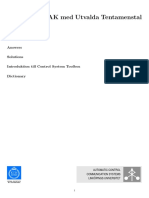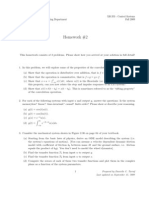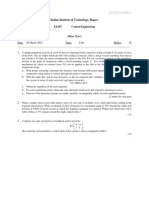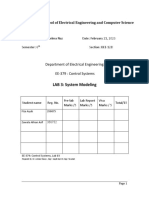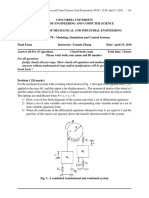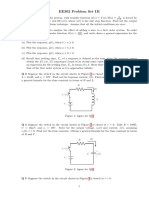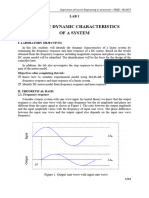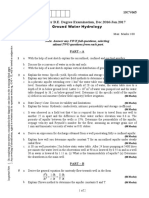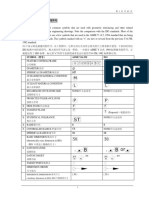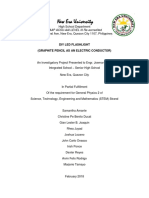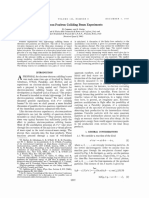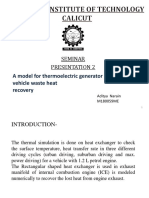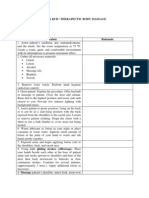0% found this document useful (0 votes)
48 views2 pagesLab 1
This document provides instructions for homework 1 on dynamic models. It includes 7 problems reviewing concepts from signals and systems including Laplace transforms and modeling dynamic systems. Students are asked to find Laplace transforms of common inputs like impulses, steps, and ramps. Later problems involve modeling physical systems like a pendulum and electromechanical system as second order systems and finding their transfer functions. The homework is due in the next lab class.
Uploaded by
Zahin Tazwar 1921486642Copyright
© © All Rights Reserved
We take content rights seriously. If you suspect this is your content, claim it here.
Available Formats
Download as PDF, TXT or read online on Scribd
0% found this document useful (0 votes)
48 views2 pagesLab 1
This document provides instructions for homework 1 on dynamic models. It includes 7 problems reviewing concepts from signals and systems including Laplace transforms and modeling dynamic systems. Students are asked to find Laplace transforms of common inputs like impulses, steps, and ramps. Later problems involve modeling physical systems like a pendulum and electromechanical system as second order systems and finding their transfer functions. The homework is due in the next lab class.
Uploaded by
Zahin Tazwar 1921486642Copyright
© © All Rights Reserved
We take content rights seriously. If you suspect this is your content, claim it here.
Available Formats
Download as PDF, TXT or read online on Scribd
/ 2




